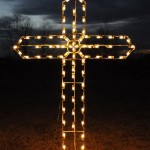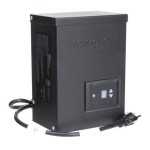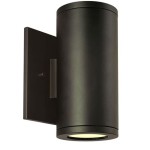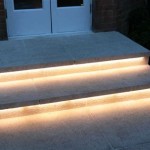Lighting Equipment for Outdoor Photography
Outdoor photography presents unique challenges and opportunities for capturing stunning images. Unlike studio settings with controlled lighting, the natural environment offers a dynamic and constantly changing light source. Mastering the art of outdoor photography often involves understanding and effectively utilizing lighting equipment to enhance the visual impact of your images. Whether you're a seasoned professional or a budding enthusiast, a comprehensive understanding of lighting gear can elevate your outdoor photography skills.
Types of Lighting Equipment for Outdoor Photography
The realm of outdoor lighting extends far beyond the traditional flash. Modern technology has introduced a diverse array of tools, each serving a specific purpose. Here's a closer look at some common lighting equipment used in outdoor photography:
1. Speedlights
Speedlights, also known as flash units, are compact and portable devices that emit a burst of artificial light. Their portability makes them a popular choice for photographers on the move. Speedlights can be used in various ways, including direct flash, bounce flash, and off-camera flash techniques. They are particularly useful for freezing motion, adding a pop of light to a subject, or illuminating areas that are dimly lit.
2. Continuous Lighting
Continuous lighting, as the name suggests, provides a constant stream of light, allowing photographers to see the effect of the lighting on their subject in real-time. This is beneficial for video recording and portrait photography, where the continuous flow of light allows for natural-looking results. Popular options include LED panels and fluorescent lights, known for their energy efficiency and durability.
3. Reflectors
Reflectors are essential tools for manipulating natural light. They work by bouncing existing sunlight back onto the subject, effectively filling in shadows and softening harsh light. Reflectors come in various sizes and colors, allowing photographers to adjust the intensity and color temperature of the reflected light. Popular types include silver, gold, white, and black reflectors, each offering a different tonal effect.
Choosing the Right Lighting Equipment
Selecting the right lighting equipment depends on your photographic style, budget, and the specific situations you'll be shooting in. Here are some factors to consider:
1. Photography Style
Your photography style dictates the type of lighting you need. For portraiture, soft light is often preferred, while wildlife photography might call for a powerful flash to freeze motion. Consider your typical subject matter and the desired mood or effect you want to achieve.
2. Budget
Lighting equipment ranges in price significantly. While professional-grade units offer advanced features and durability, more affordable options are available for hobbyists or those starting out. Set a budget and research options that provide the necessary functionality within your financial constraints.
3. Location and Environment
Outdoor photography involves variable lighting conditions, from bright sunlight to overcast skies. Consider the type of light you'll be working with and the versatility of the equipment. For example, when shooting in bright sunlight, a diffuser or reflector can soften the harshness of the sun, while a speedlight can be used to illuminate shadowy areas.
Tips for Using Lighting Equipment Outdoors
Mastering outdoor lighting techniques involves practice and understanding the interaction between light and your subject. Here are some tips to enhance your outdoor lighting skills:
1. Diffuse Harsh Light
Direct sunlight can create harsh shadows and unflattering contrast. Diffuse the light using a diffuser, such as a softbox or a translucent umbrella. This will soften the light and produce more pleasing results, particularly for portrait photography.
2. Control Shadows
Reflectors are invaluable for controlling shadows. Position a reflector opposite the sun to bounce light back onto your subject, filling in shadows and creating a more balanced exposure.
3. Experiment with Angles
The angle of your light source significantly impacts the mood and direction of light. Experiment with various angles to create different effects. Side lighting can create dramatic shadows, while backlighting can create a halo effect around your subject.
4. Understand the Relationship Between Light and Color
Different light sources have different color temperatures. Understand how different light sources affect the colors of your subject and use white balance settings to correct any color casts.
The beauty of outdoor photography lies in its unpredictable yet breathtaking landscape. By understanding and effectively utilizing lighting equipment, you can transform the natural light into a powerful tool, unlocking boundless creative possibilities and capturing unforgettable moments in time.

Photography And Lighting Equipment For Bloggers Sarah Hearts

Help The Sun Using Artificial Light In Outdoor Photography Learn By Zoner Photo Studio

Lighting For Outdoor Photo And B H Explora

8 Invaluable Tools For Outdoor Photographers On A Sunny Day B H Explora

Lighting Outdoor Photography Setup Portrait Studio

18 Types Of Photography Lighting Equipment You Need To Know

Lighting For Outdoor Photo And B H Explora

Buy Whole China Outdoor Photography Lighting Equipment With Compact Structure Photo Studio Kits Global Sources

Atls Photography Equipment Storage Diy Light

Portable Lighting Kits For Wedding And Event Photography B H Explora
Related Posts







